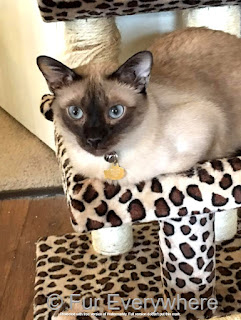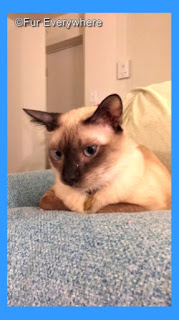Two weeks after I adopted my seal-point Siamese, Tylan, our vet took one look in his mouth and said, “He has stomatitis.” Little did I know that this would be one of the hardest battles I'd ever help a cat fight.
What is Stomatitis?
Feline Chronic Gingivostomatits (FCGS), commonly known as stomatitis, is a chronic condition that results from severe mouth tissue inflammation. According to Dr. Kate O'Hare, stomatitis affects 0.7-4% of cats.
Two types of stomatitis are recognized based on which part of the mouth is inflamed. The first form of the condition is characterized by inflammation that starts in the gums and the tissues surrounding the teeth. The second form is characterized by inflammation in the back of the mouth where the upper and lower jaws meet. This form may be more difficult to treat.
Cats of any breed and age can be affected by stomatitis. The most prominent symptom of the condition is severe mouth pain. Your cat may show his pain in a number of ways, including:
- Pawing
at his mouth.
- Rubbing
his face against furniture.
- Acting
aggressively if you try to touch his mouth or offer food.
- Crying
while eating, beginning to eat when he's offered a meal but stopping
suddenly, or refusing to eat at all.
- Hiding under furniture.
A cat with FCGS may also have an unkempt coat because he finds it too painful to groom himself. Cats with stomatitis may also have foul-smelling breath and drool. The drool may contain blood. A cat with FGCS may lose weight if he finds it too painful to eat. The affected parts of a cat's mouth will usually be bright red and bleed easily.









